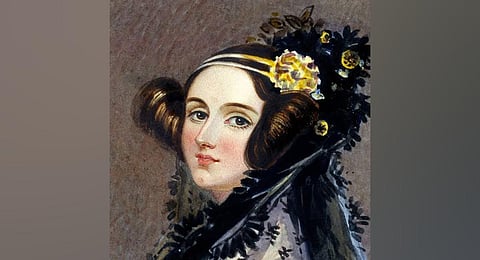

Augusta Ada Lovelace is an unsung hero who laid the foundation for the digital age, known as the first computer programmer. She was born into a wealthy family on December 10, 1815, to Anne Isabella Noel-Byron and English poet Lord Byron.
Early on, she was given a scientific education, especially in mathematics and music. Ada’s great contribution to computer science of realising that machines can be more than just number crunchers was way ahead of its time.
The turning point in Ada’s life and a significant contributor to the computer age was when she was introduced to Charles Babbage at the age of 17, who is now considered the ‘Father of the Computer’. Ada was deeply intrigued by Babbage’s plans for creating a device called the Analytical Engine, which would combine the array of adding gears in his earlier ‘Difference Engine’ with a punchcard for operating systems.
In England, in 1842, Ada translated a short article by Italian mathematician Luigi Menabrea, which described the workings called ‘Sketch of the Analytical Engine, with Notes from the Translator’. The final article contained several early ‘computer programs,’ and observations on the potential uses of the machine. She wrote the article from A to G, the G note was a stepping stone to the first algorithm. The visionary died at the age of 36 on 27 November 1852, from uterine cancer.